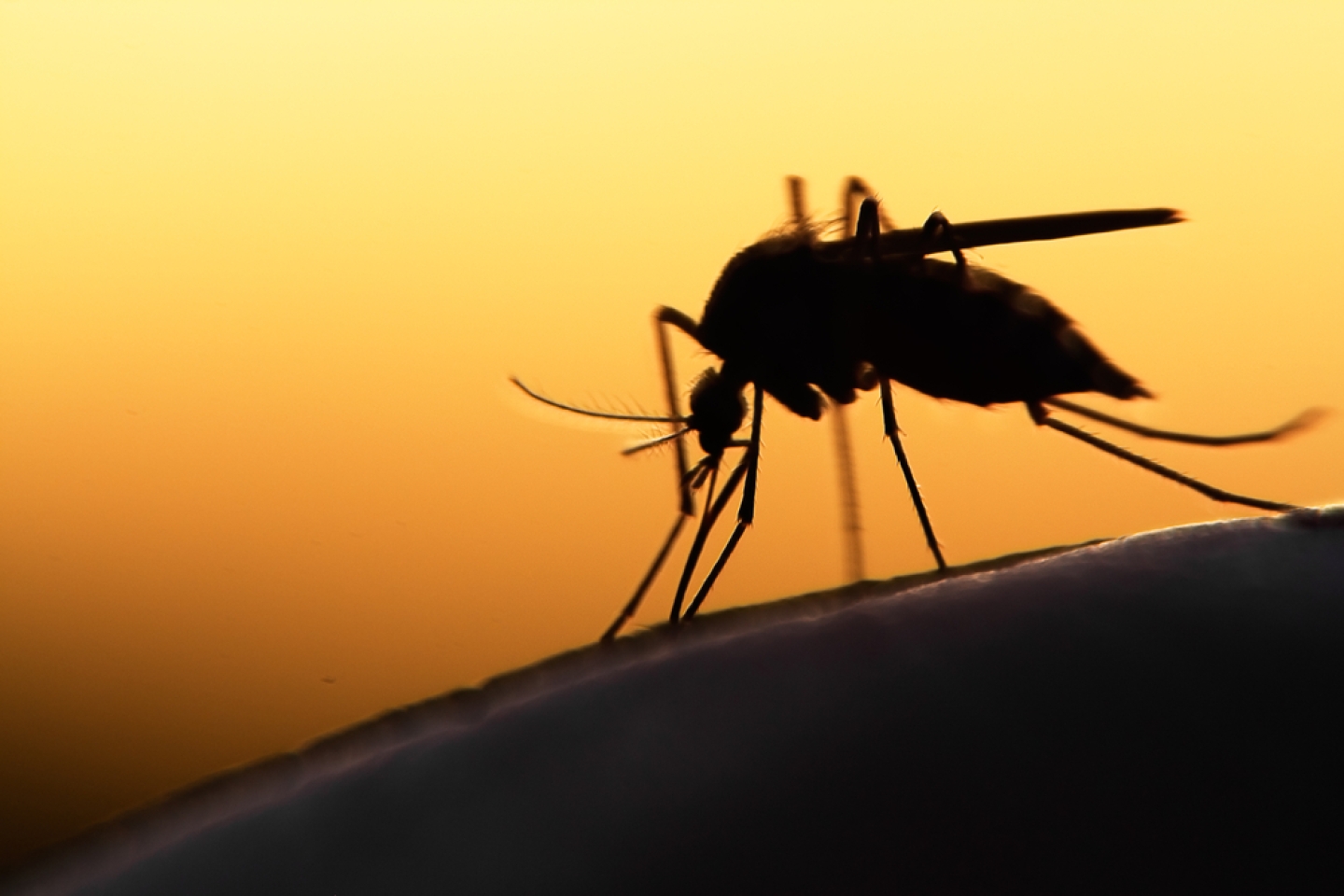
A century ago, malaria was endemic in the United States, especially in the South, but thanks to a vigorous public health response, the disease was considered eliminated in this country by 1951, according to the Centers for Disease Control and Prevention (CDC).
In recent weeks, however, 4 cases of malaria in Florida and 1 in Texas have been reported. All 5 patients have been treated, and all are recovering. So why all the brouhaha over just 5 cases? Because they’re unusual and unexpected, says Dr. Melanie Dubois, a specialist in pediatric infectious diseases and an Assistant Professor in Pediatric Infectious Diseases at Weill Cornell Medicine.
“Given that these cases were locally acquired—i.e., not travel-related—it’s important for public health officials to monitor for any additional cases of malaria in the U.S.
“That having been said,” she continues, “the risk of contracting locally acquired malaria in this country remains very low.”
Transmission depends on three “players”: a tiny parasite, a mosquito and a human host.
The mosquito must bite two people to spread malaria: It picks up the parasite from human number-one and, when the time is right, transmits it to human number-two.
Malaria is almost always spread via mosquitoes, but it can also be transmitted during pregnancy from mother to fetus or through transfusions, organ transplantation, or contaminated needles or syringes.
“The most vulnerable groups,” says Dr. Dubois, “are those with little to no immunity against the disease, including:
Three factors may be at play:
Climate change is already affecting the epidemiology of vector-borne illnesses, such as West Nile virus, Zika virus, dengue and malaria. Warmer weather can lead to more mosquitoes, given that they thrive in warm and humid conditions. Additionally, climate change is driving human migration and associated disease transmission. Climate change is also increasing the length of “mosquito season” and encouraging both insects and ticks to make themselves at home in previously inhospitable areas.
We have been modifying the landscape in such a way as to increase interactions between humans and mosquitoes. In general, urbanization offers more opportunities for the spread of disease and both local and global transmission of malaria.
Most U.S. cases of malaria occur in people traveling from countries with high rates of malaria transmission—mainly sub-Saharan Africa and South Asia. Given the rise in international travel worldwide, we may experience more and more travel-related cases of malaria.
“The symptoms of malaria depend largely on the species of parasite with which a patient is infected,” Dr. Dubois says. “The disease is generally categorized either as uncomplicated or severe. Clinical symptoms for uncomplicated malaria include fever, chills, sweats, body aches and headaches. Patients with severe malaria may experience organ failure, with seizures, severe anemia or acute respiratory distress syndrome. Severe malaria is a medical emergency.
Outdoors, people can avoid getting bitten by mosquitoes by using insect repellent containing DEET or picaridin and wearing long-sleeved clothing, especially at night.
Individuals and communities should drain stagnant water from bird baths, buckets and trash bins, where mosquitoes are known to breed.
Indoors, use screens on windows and doors. And when traveling to areas with a high incidence of malaria, experts recommend sleeping under insecticide-treated bed nets.
Dr. Dubois suggests that travelers from the U.S. take the following measures:
Make an appointment with an infectious disease specialist at Weill Cornell Medicine if you’re planning a future international trip.